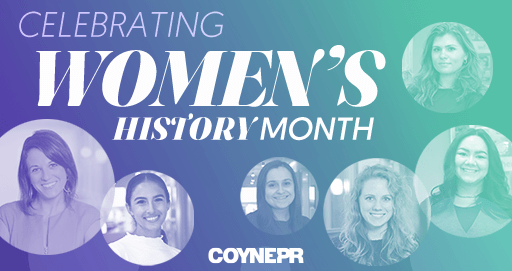While there is so much we all want to forget about 2020, one consumer trend that took the marketing landscape by storm is the notion of consumers having more time in their homes to care for their families, but more so, themselves. It became known as the year of “self-care.” In fact, according to new research from One Poll, more than 70% of Americans were more conscious of needing self-care in 2020. And it only took a pandemic to recognize the importance of caring for ourselves.
When we think about self-care and what that means, it’s so many things to so many people. The beauty of it is that we can all define what’s best for ourselves. At its core, self-care is maintaining a healthy relationship with yourself. That can be everything from developing a regular bedtime routine to taking your dog for a walk during lunch to building a more consistent wellness routine.
Personal wellness was an area of growth for so many brands during the pandemic and 69% plan to do more self-care in 2021 than they had in the previous year. Yet what’s been on so many marketers’ minds is keeping the consumers they had and/or captured during the pandemic, as well as recapturing lost consumers in the categories that may have been more negatively impacted in the last 18 months.
Now, as we’re all slowly (and happily) transitioning back to normalcy, how does the self-care trend impact personal care & wellness and what can marketers do to continue to drive that consumer behavior to bring new consumers into the fold?
Now that we’re officially halfway through the year, here’s a snapshot of the top three PR trends driving the personal care & wellness category in 2021:
Influence the Influencers to Reach New Consumers
Influencers have taken the marketing world by storm and depending on your audience, can sometimes be much more influential than the traditional media landscape. In fact, the best PR programs offer a unique blend of PR and influencer marketing to create consistent messaging that reaches the consumer through various touchpoints. That said, there are a few important things to consider especially when leveraging influencers as a way to attract a new audience, particularly a younger one.
When it comes to influencers, it’s more than likes and retweets. It’s more than a cult following and accompanying numbers game. An influencer’s true power can be defined by two things: trust and credibility. And that trust and credibility are crucial components to capturing the hearts (and homes) of consumers. According to researcher Kantar, almost half (44%) of Gen Z has made a purchase decision based on a recommendation from a social influencer, compared with 26% of the general population.
Coyne’s client, CeraVe, was able to harness the power of one of the most popular skincare influencers on TikTok, Hyram Yarbro, to have a tangible impact with the Gen Z demo. By leveraging influencers who are already brand fans, like Yarbro who has more than five million followers on TikTok, it provides an authentic and credible way to generate awareness for a brand with a new consumer who may not otherwise stop and take notice.
Be Transparent as a Brand
So many of today’s consumers are demanding greater transparency in the products they purchase. They want to know where their products come from and more about ingredients than ever before. We’ve seen it for years in the food industry from organic to non-GMO to additive free, and that trend is now shifting into the personal wellness category. According to a report by global consulting and research firm Kline & Company, the “natural” trend is one of the top trends in the personal care industry right now. And when it comes to products that are transparent, consumers are willing to pay a premium for them.
To leverage this transparency trend, it’s best when brands educate consumers and bring them along on a journey of discovery. They don’t want to be told; they want to be a part of the process. Sounds similar to how I deal with my children! But at its core, it really is that simple. Don’t try to be something you’re not.
Consider asking yourself a few key questions. As a brand, do we have a right to be able to talk about this? Take to social media and do some active listening to see what your consumers or the desired consumer audience you’re trying to reach are saying. Are there others in the personal care space who do it well and what can we learn from them?
Winning with Social Purpose
Consumers increasingly expect brands to have not just a functional benefit, but also a social purpose. It’s wonderful when a brand can create a true impact in society, but there are also instances where product leads before purpose which can have negative consequences.
When we think about personal wellness, we must think about the causes and issues that our consumers hold dear to their hearts and what we, as a brand, have a right to say and do. Brands can’t be everything to everyone, so it’s crucial to understand what’s important to consumers. And the “do” really is the most important part of the equation. At the end of the day, actions really do speak louder than words. And today’s consumer is savvier than ever.
Think about the impact that you can make as a brand. Is it better access to hygiene for girls in third-world countries? Is it empowering a community to be beautiful inside and out? Maybe it’s bringing better access to personal care to those less fortunate right here in our own backyards. Whatever the right purpose is for your brand, it’s important to back up those promises with proof and how you plan to impact a community.
So, as you think about your brand and how you can continue to drive behavior, there’s really one overarching key takeaway. Whether it’s bringing in new consumers, being transparent or being purpose-driven, be sure to be authentic and consumers will trust you for that.
For more insight into this topic, please check out our recent podcast in partnership with PRovoke Media with our client, CeraVe.





